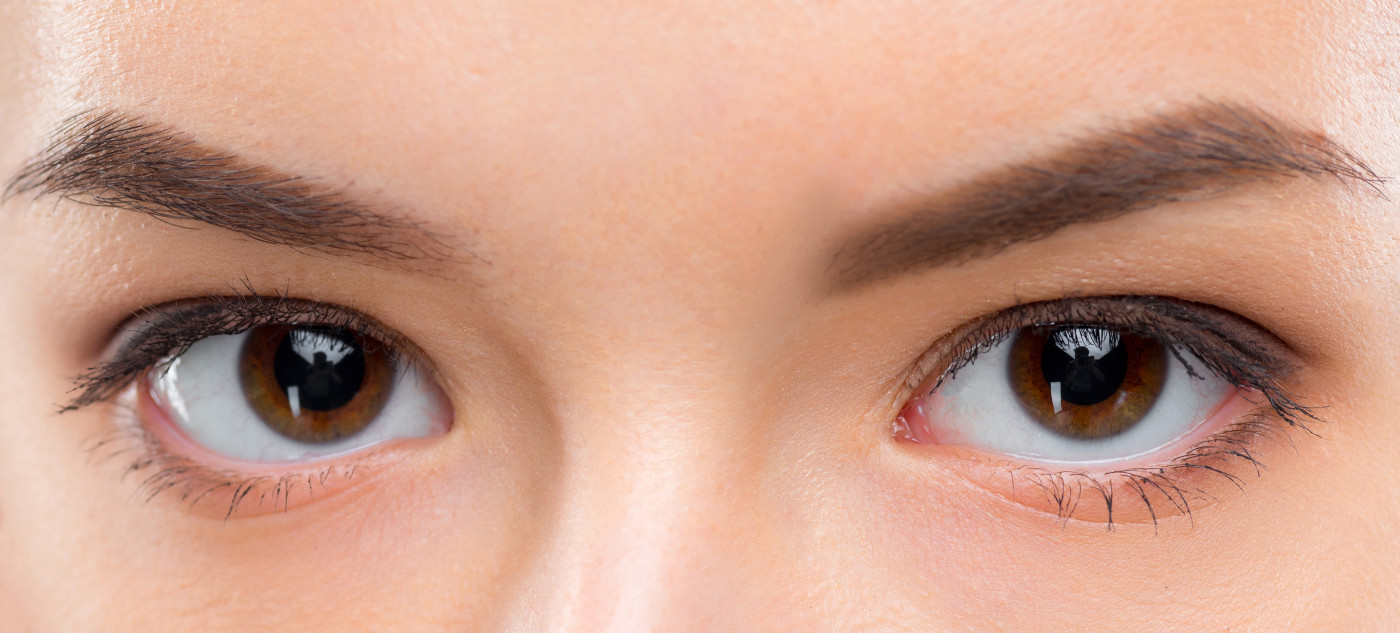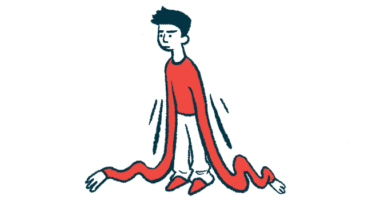Muscles Controlling Eye Movements Not Affected by SMA, Study Finds

Adults with spinal muscular atrophy (SMA) usually do not experience weakness or impairment of any sort in the muscles controlling their eye movements, a recent study reported.
When such impairments are present, they should prompt physicians to re-evaluate their initial diagnosis and consider the possibility that a patient may be showing signs of another neuromuscular disorder, according to researchers.
These findings were described in a study titled “Preserved eye movements in adults with spinal muscular atrophy,” published in the journal Muscle & Nerve.
SMA is a degenerative neuromuscular disorder characterized by progressive weakness of the muscles found in the arms and legs. To a lesser degree, it also leads to weakness of the muscles involved in respiration and facial movements.
Older case reports — published before the implementation of genetic tests for SMA — suggested that some patients with the disease may experience weakness in the muscles controlling eye movements. However, impairments in these types of muscles are usually not considered part of the typical manifestations of the disease.
Now, researchers in Greece sought to clarify the involvement of eye muscles in several types of SMA. The team used video-oculography, a non-invasive video-based technique, to record and analyze horizontal eye movements in a group of 15 adults with SMA type 2, 3, or 4. The participants included 11 men and four women, ages 19–67.
During test sessions, patients were asked to shift their eyes horizontally right and left to look at red LED targets placed in different positions in their field of vision. Their performance was directly compared with that of 15 healthy people of the same sex and approximately the same age (20–68 years), who served as study controls.
When comparing different eye movement parameters between the patients and the healthy controls, the researchers found no significant differences in movement speed, duration, or eye displacement. This was true regardless of the position in which the red LED targets were placed, or on eye movement direction (left or right).
“Our results indicate that patients with SMA perform fast and accurate horizontal saccades [eye movements] without evidence of extraocular muscle weakness,” the researchers wrote.
No significant correlations were found between any of the eye movement parameters assessed and clinical measures of SMA severity or disease duration. The findings reinforced the idea that “eye movement recordings should not be considered a biomarker for disease monitoring in patients with SMA.”
“These quantitative oculomotor data corroborate clinical experience that neuroophthalmic symptoms in SMA are not common, and if present, should prompt suspicion for an alternative neuromuscular disorder,” the researchers wrote.
While the investigators acknowledged that their results were based on data from only 15 patients, they noted that their findings “corroborate the clinical experience that [such] symptoms” usually are not found in SMA patients.
Nevertheless, studies enrolling a larger number of patients with a wider variety of symptoms and more severe forms of SMA will be needed to confirm these findings, they said.







